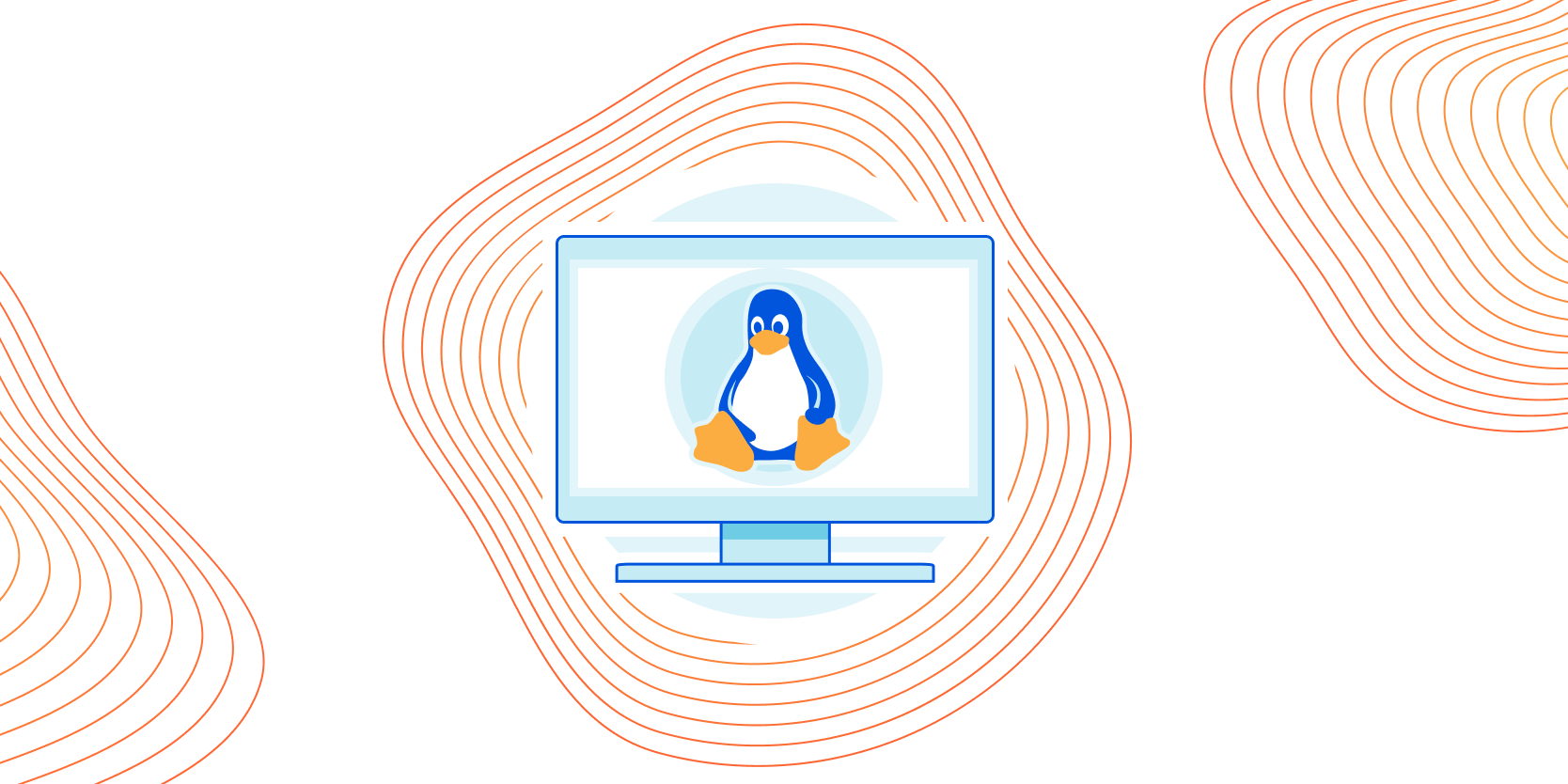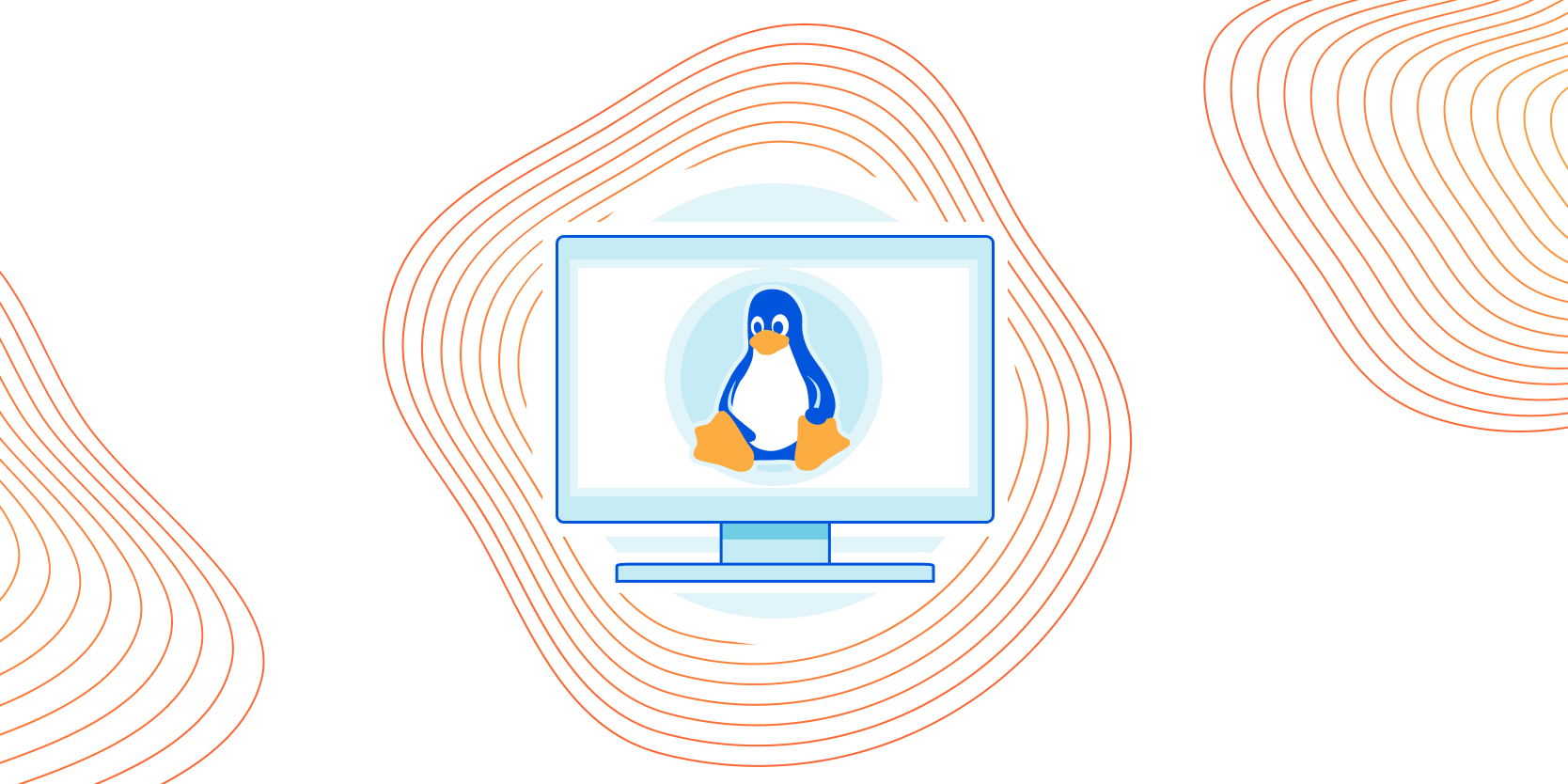Video: Comparing Routing and Bridging
After covering the basics of transparent Ethernet bridging and IP routing, we’re finally ready to compare the two. Enjoy the ride ;)
After covering the basics of transparent Ethernet bridging and IP routing, we’re finally ready to compare the two. Enjoy the ride ;)
After covering the basics of transparent Ethernet bridging and IP routing, we’re finally ready to compare the two. Enjoy the ride ;)
There’s an AI unicorn startup you might not have even heard of. …
Preferred Networks Becoming Japan’s Industrial AI Powerhouse was written by Nicole Hemsoth at The Next Platform.
IPv6 isn't just for large enterprises. In today's IPv6 Buzz episode Ed, Scott, and Tom makes the case for small and medium-sized businesses embracing the protocol, and what they should consider for deployment and management.
The post IPv6 Buzz 078: IPv6 For Small And Medium-Sized Businesses appeared first on Packet Pushers.
As part of an ongoing effort to refine my work environment, several months ago I switched to a Logitech Ergo K860 ergonomic keyboard. While I’m not a “keyboard snob,” I am somewhat particular about the feel of my keyboard, so I wasn’t sure how I would like the K860. In this post, I’ll provide my feedback, and provide some information on how well the keyboard works with both Linux and macOS.
Setting up the K860 is remarkably easy. The first system I tried to pair it with was an older Mac Pro workstation, and apparently the Bluetooth hardware on that particular workstation wasn’t new enough to support the K860 (Logitech indicates that Bluetooth 5.0 is needed; more on that in a moment). Instead, I popped in the USB-A wireless receiver, and was up and running with the K860 less than a minute later. This was using macOS, but the Mac Pro also dual-booted Linux, so I rebooted into Linux and found that the K860 with the Logitech-supplied USB receiver continued to work without any issues.
The key takeaway regarding Linux is this: if you’re interested in getting the K860 for use with Continue reading

My country, Zambia, has more than 18 million people. Our new Internet Society chapter wants all of them to be online. Why? Because we need the Internet now more than ever. Globally, UNICEF and the International Telecommunication Union (ITU) estimate that 1.3 billion children between the ages of 3 and 17 – or two thirds […]
The post Zambia Needs the Internet More than Ever appeared first on Internet Society.


Last October we released WARP for Desktop, bringing a safer and faster way to use the Internet to billions of devices for free. At the same time, we gave our enterprise customers the ability to use WARP with Cloudflare for Teams. By routing all an enterprise's traffic from devices anywhere on the planet through WARP, we’ve been able to seamlessly power advanced capabilities such as Secure Web Gateway and Browser Isolation and, in the future, our Data Loss Prevention platforms.
Today, we are excited to announce Cloudflare WARP for Linux and, across all desktop platforms, the ability to use WARP with single applications instead of your entire device.
WARP was built on the philosophy that even people who don’t know what “VPN” stands for should be able to still easily get the protection a VPN offers. It was also built for those of us who are unfortunately all too familiar with traditional corporate VPNs, and need an innovative, seamless solution to meet the challenges of an always-connected world.
Enter our own WireGuard implementation called BoringTun.
The WARP application uses BoringTun to encrypt traffic from your device and send it directly to Cloudflare’s edge, ensuring that no Continue reading
Technological advancements are intended to bring more control, agility and velocity to organizations. However, adopting these new technologies and techniques, such as cloud computing and microservices, increases an organization’s security footprint, bringing greater risk of security breaches.
Cyberattacks potentially expose organizations to financial loss, reputational damage, legal liability, and business continuity risk. As a result, security teams are under increased pressure to help proactively protect organizations against cyberattacks and maintain a more consistent, rapid incident response framework to respond to security breaches.
In our previous blogs in this series, we explored how Ansible security automation enables security teams to automate and simplify investigation enrichment and threat hunting practices. We also discussed and provided our answer to the lack of integration across the IT security industry.
In this blog post, we’ll have a closer look at incident response and how Ansible security automation empowers security teams to respond effectively to security breaches.
Incident response is the approach and techniques that security departments implement to neutralize and mitigate cyberattacks, and is a core responsibility of the security team. Recent news headlines are rife with high-profile security breaches and Continue reading
Henk Smit left numerous questions in a comment referring to the Rethinking BGP in the Data Center presentation by Russ White:
In Russ White’s presentation, he listed a few requirements to compare BGP, IS-IS and OSPF. Prefix distribution, filtering, TE, tagging, vendor-support, autoconfig and topology visibility. The one thing I was missing was: scalability.
I noticed the same thing. We kept hearing how BGP scales better than link-state protocols (no doubt about that) and how you couldn’t possibly build a large data center fabric with a link-state protocol… and yet this aspect wasn’t even mentioned.
Henk Smit left numerous questions in a comment referring to the Rethinking BGP in the Data Center presentation by Russ White:
In Russ White’s presentation, he listed a few requirements to compare BGP, IS-IS and OSPF. Prefix distribution, filtering, TE, tagging, vendor-support, autoconfig and topology visibility. The one thing I was missing was: scalability.
I noticed the same thing. We kept hearing how BGP scales better than link-state protocols (no doubt about that) and how you couldn’t possibly build a large data center fabric with a link-state protocol… and yet this aspect wasn’t even mentioned.
I often feel like I’m “behind” on what I need to get done. Being a bit metacognitive, however, I often find this feeling is more related to not organizing things well, which means I often feel like I have so much to do “right now” that I just don’t know what to do next—hence “processor thrashing on process scheduler.” Todd Palino joins this episode of the Hedge to talk about the “Getting Things Done” technique (or system) of, well … getting things done.

From the environment to the economy, the Internet is reshaping several sectors of our society. What might future patterns of disruption look like? How will these changes affect all of us? At the Internet Society Foundation, we believe the answers to these questions and many others can be found in research. That’s why in September […]
The post Second Round of Grant Funding Awarded to Researchers Studying the Future of the Internet appeared first on Internet Society.
Today we're talking Edge Cloud. Guest Alex Marcham has written a book on the subject and we'll get his take on edge infrastructure, what edge cloud is all about, real-world use cases, and how it differs from typical colo facilities or centralized public cloud data centers. We also look at requirements for edge deployments including networking and 5G, and the workloads driving edge infrastructure.
The post Day Two Cloud 102: Edge Cloud Isn’t Magic appeared first on Packet Pushers.